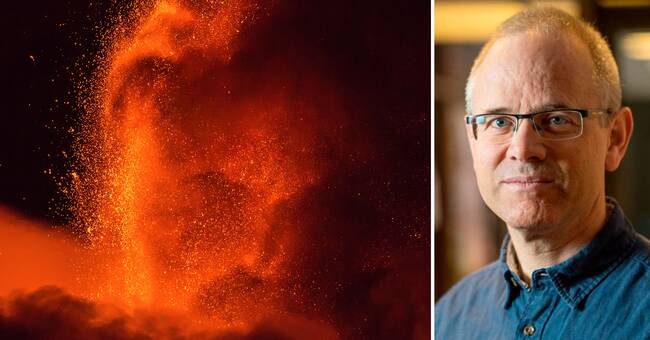At 3,324 meters, Mount Etna is the highest, still active volcano in Europe.
It is located on the east coast of Sicily in Italy and can be seen from, for example, touristy Taormina or the city of Catania.
- Recently, we have had better control of Etna's eruption, it is largely continuously active.
Even when there are no major eruptions, lava rises or it gets an explosion with a cloud of ash almost every year, says Björn Lund, seismologist at Uppsala University.
Different measuring methods
Anyone trying to search for information on how many eruptions the volcano has had can easily get confused.
It depends on which measurement method you use.
- At Smithsonian's institutes, for example, an ongoing outbreak is defined as one that has not had an outbreak for more than three months.
Others also count the smaller episodes that may only last a few hours as individual.
Then there can be an enormous number, says Björn Lund.
Few perish
However, relatively few have died in the Etna eruption, overall.
- It may be because it has been so active for so long, so you know you can not live too close to the top.
In addition, it usually does not have huge rapid eruptions, then you have time to get out of there.
The strongest known eruption took place in 1669. At that time, several villages and towns were destroyed.
Since 1998, about 200 outbreaks have taken place.
The last time Etna had a really big eruption was 1991-1993, when the lava flowed down the village of Zafferana and it was close to burying the village.

